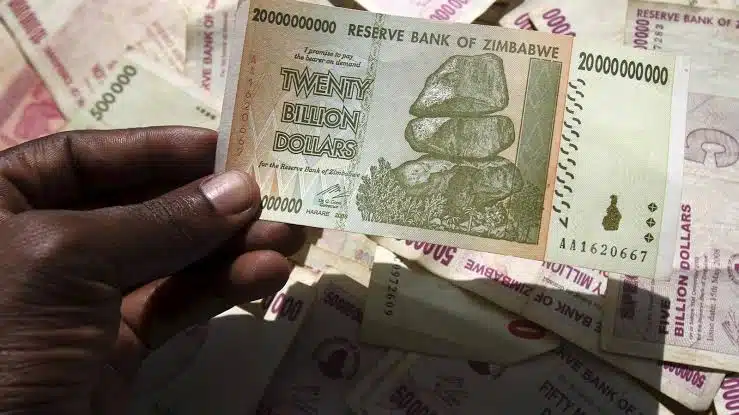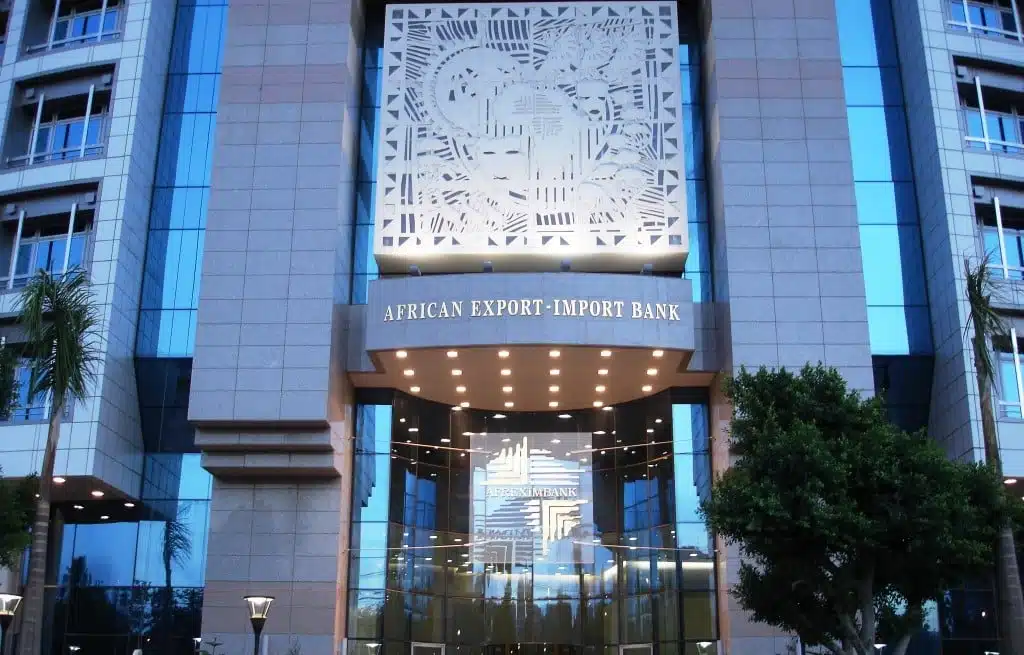Zimbabwe’s stock market regulator has ordered companies to report earnings in the local gold-backed currency, Zimbabwe Gold (ZiG), with immediate effect.
The directive by the Securities and Exchange Commission of Zimbabwe (SECZ) aligns with an earlier instruction from the central bank and marks the latest attempt to boost confidence in ZiG – the nation’s sixth attempt at a stable local currency since 2009.
“Every licensed person must adopt a common presentation currency for reporting purposes, with immediate effect, including for the 2024 audited financial statements,” Commission Chief Executive Officer Anymore Taruvinga said in a statement on Wednesday.
However, the order comes amid exchange rate volatility and sharp depreciation that has eroded trust in the newly launched currency. The move also raises concerns about economic stability and risks deepening investor scepticism over the struggling currency.
ZiG sees a 96% decline in less than a year
Since its introduction in April 2024, ZiG has lost about 96% of its value, forcing Zimbabwe’s central bank to devalue the currency in September.
The official exchange rate stood at 26.67 per US dollar on Wednesday, compared to 13.56 at launch, while the parallel market rate ranged between 30-35 ZiG per dollar—signalling a widening gap between official and black-market prices.
According to Bloomberg, businesses, particularly those listed on the Zimbabwe Stock Exchange, have expressed concerns that the forced switch to ZiG for financial reporting will introduce accounting complexities, given the currency’s instability and high inflation in local terms.
Many companies have been allowed to report in US dollars since 2023, reinforcing findings that about 70% of all transactions in the country still take place in foreign currency.
Policy uncertainty could trigger investor flight
The mandatory use of ZiG for corporate earnings could further dissuade foreign investors, who already see Zimbabwe’s financial system as unstable.
Investors prefer stability, predictable regulations, and the ability to repatriate profits without fear of exchange rate losses.
However, with ZiG’s continued depreciation, companies may struggle to report financial performance accurately, and shareholders—especially foreign ones—will face difficulties assessing true value.
A troubling echo of Zimbabwe’s past currency failures
Zimbabwe has been down this road before.
In 2008, excessive money printing led to hyperinflation exceeding 79.6 billion percent, wiping out savings and collapsing the economy. The government was ultimately forced to abandon the Zimbabwean dollar in 2009, allowing the US dollar to take over.
A similar pattern unfolded in 2019, when authorities reintroduced a local currency and banned foreign currencies, only for inflation to spiral out of control again. By 2020, they had to reverse course and allow US dollars back into circulation.
Now, history is about to repeat itself. The government’s attempt to enforce the use of a fragile currency, instead of letting businesses and investors decide based on market confidence, could push companies towards informal markets and exacerbate inflationary pressures.
To avoid a deeper economic crisis, the government might be forced to reverse its policy, as seen in 2009 and 2020.






